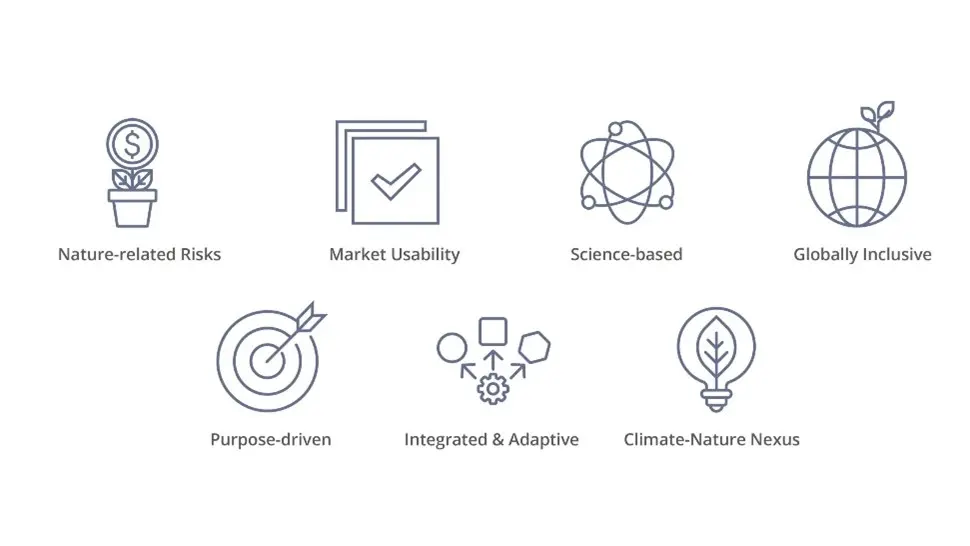Disclaimer
Confermo di essere un cliente professionale
Le informazioni e le opinioni contenute in questa sezione del Sito cui sta accedendo sono destinate esclusivamente a Clienti Professionali come definiti dal Regolamento Consob n. 16190 del 29 ottobre 2007 (articolo 26 e Allegato 3) e dalla Direttiva CE n. 2004/39 (Allegato II), e sono concepite ad uso esclusivo di tali categorie di soggetti. Ne è vietata la divulgazione, anche solo parziale.
Al fine di accedere a tale sezione riservata, si prega di confermare di essere un Cliente Professionale, declinando Robeco qualsivoglia responsabilità in caso di accesso effettuato da una persona che non sia un cliente professionale.
In ogni caso, le informazioni e le opinioni ivi contenute non costituiscono un'offerta o una sollecitazione all'investimento e non costituiscono una raccomandazione o consiglio, anche di carattere fiscale, o un'offerta, finalizzate all'investimento, e non devono in alcun caso essere interpretate come tali.
Prima di ogni investimento, per una descrizione dettagliata delle caratteristiche, dei rischi e degli oneri connessi, si raccomanda di esaminare il Prospetto, i KIIDs delle classi autorizzate per la commercializzazione in Italia, la relazione annuale o semestrale e lo Statuto, disponibili sul presente Sito o presso i collocatori.
L’investimento in prodotti finanziari è soggetto a fluttuazioni, con conseguente variazione al rialzo o al ribasso dei prezzi, ed è possibile che non si riesca a recuperare l'importo originariamente investito.
Sustainable investing
Task Force on Nature-related Financial Disclosures (TNFD)
The Task Force on Nature-related Financial Disclosures (TNFD) was founded in 2021 to encourage organizations to calculate the impact they are having on biodiversity and the planet’s ecosphere. It is modeled on the same principles as the Task Force on Climate-related Financial Disclosures (TCFD), which seeks to get companies to disclose the contributions they are making to global warming.
As with the TCFD, the TNFD is based on the principle of double materiality – the impact that a company has on the world, and the impact that the world has on a company. Companies must assess both the physical risk that nature presents to them, and their transition risk in moving to a more nature-positive business model.
Backed widely by companies and investors including Robeco, the task force itself consists of 40 individual members representing financial institutions, corporates and market service providers with more than USD 20 trillion in assets. It is co-chaired by David Craig, the founder and former CEO of data provider Refinitiv, and Elizabeth Mrema, executive secretary of the UN Convention on Biological Diversity.
Core mission
Its core mission is to enable the market to price in nature risks and opportunities, so that capital flows in the right direction. To do this, companies must collectively identify, assess and manage nature-related dependencies, impacts, risks and opportunities as a means of halting and ultimately reversing nature loss. More than half of the world’s GDP accounting for USD 44 trillion of economic value generation is moderately or highly dependent on nature.
Mitigating the risks can be enhanced if large and small businesses across supply chains and financial institutions of all types become aware of the impact they are making, and then work to address it. The TNFD’s ultimate aim is to support a shift in global financial flows away from nature-negative outcomes and towards nature-positive outcomes.
Building the framework
A framework with which organizations can calculate the impact they are having on nature – both positive and negative – is still being developed. This will include a detailed methodology on how nature-related risks (and opportunities) can actually be disclosed in a meaningful way. The task force is now half-way through its two-year design and development phase and expected to publish the full framework in September 2023.
The TNFD follows the same four pillars as the TCFD with the addition of locational analysis that is more relevant for biodiversity. Its wider framework contains seven principles, as shown in the graphic below:

